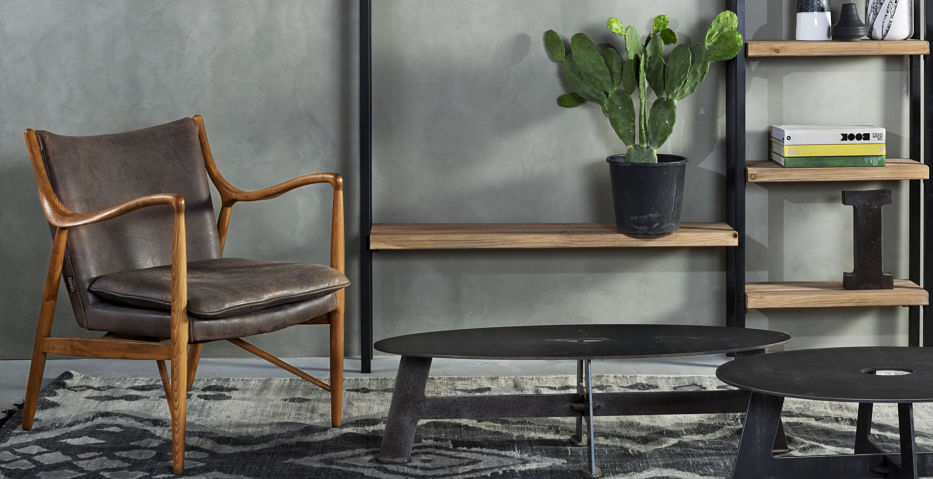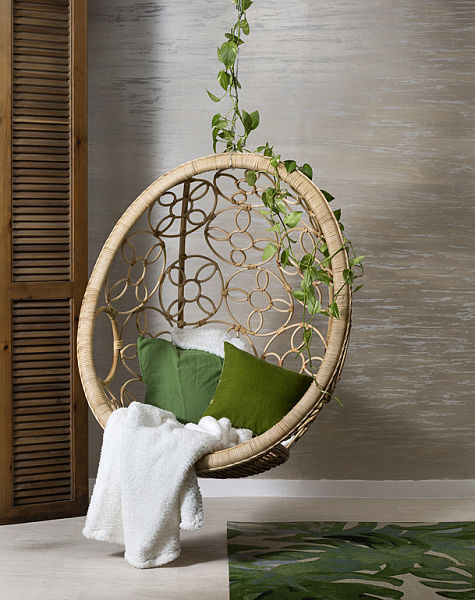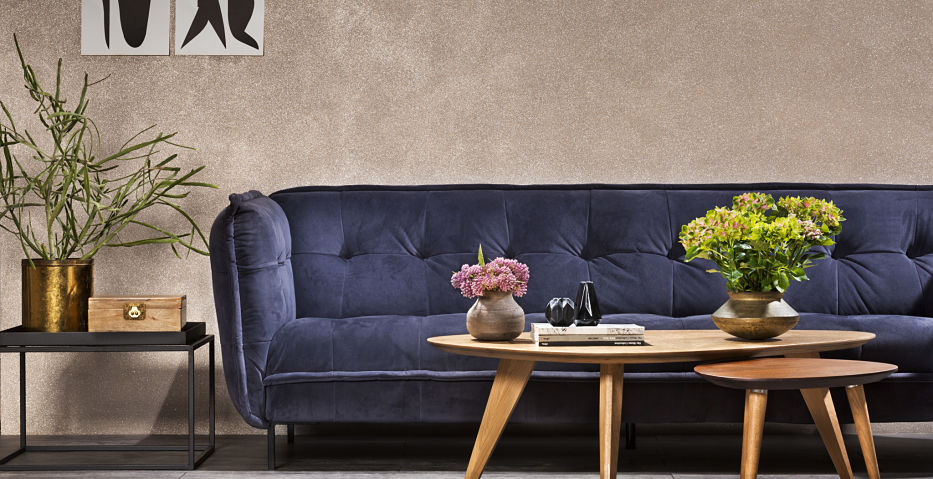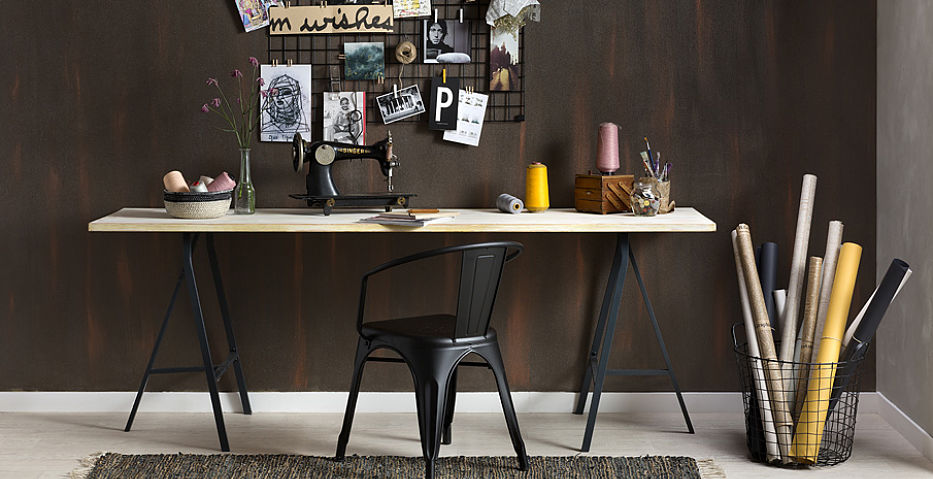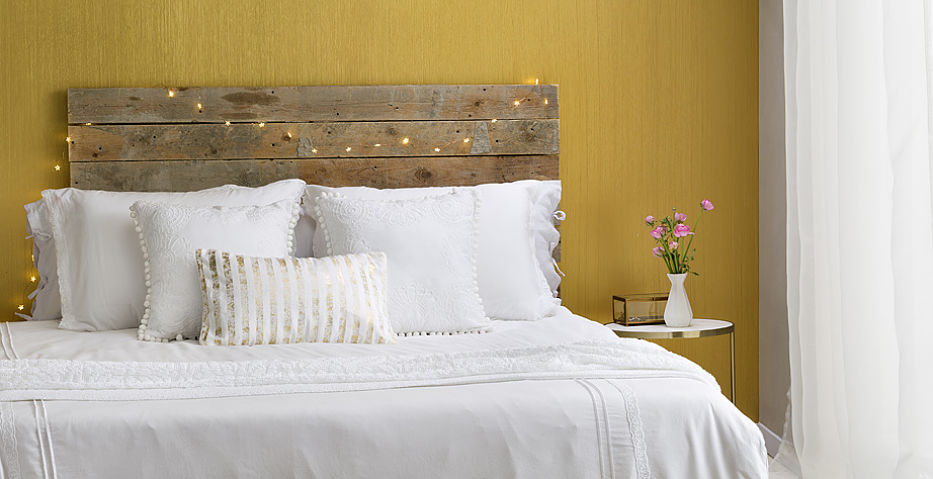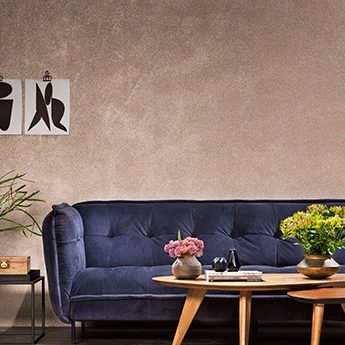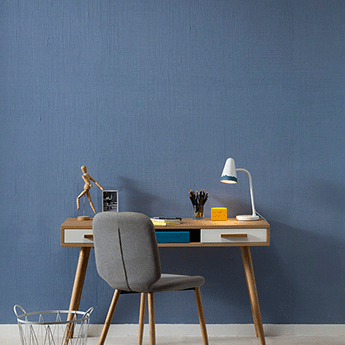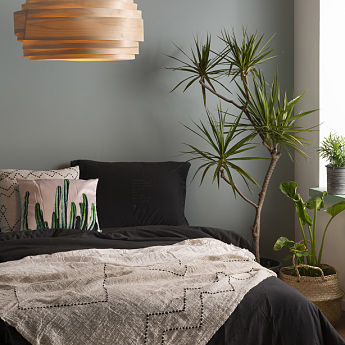Safari – a coating family with delicate sand-textured elements, for a dramatic dune feel. Safari comes in Pearlato, Oro, Pearlto Shine, Natural and Base Black.
Your Complete Guide To Painting With Effects
Home design never stops. Trends shift and change, and technological innovations constantly shape the products available to us. The ‘right stuff’ of hot 10 or even 5 years ago is long gone. Today, if you want a room with a statement, a neutral color is simply not enough, and even deep, bold colors won’t cut it anymore.
More ideas and inspiration
-
-
Designing Your Home Office Or Workspace
Read More >> -
Decorating Your Bedroom
Read More >>


